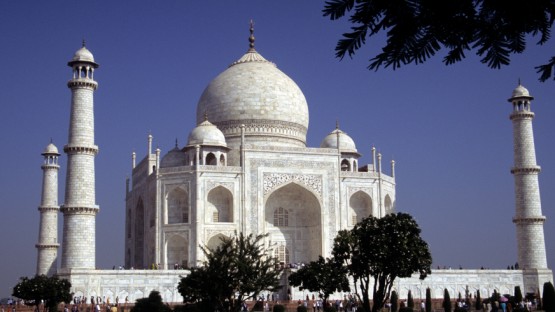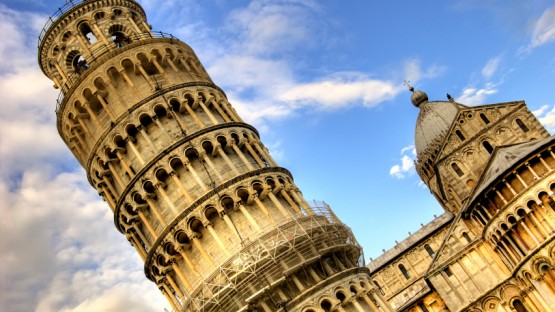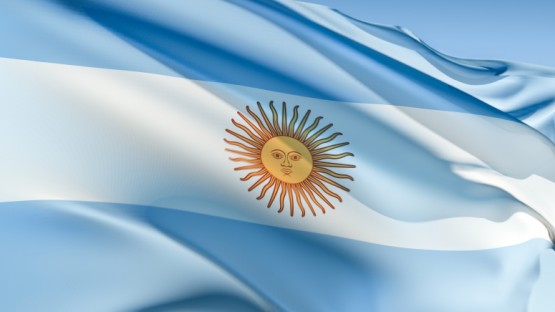Festive Feasts around the World
Kreatini and Tyrini — Greek Pre-Lenten Feasting
These two weeks of feasting are celebrated in Greece and the Greek part of Cyprus as part of the carnival festivities (Apokries) leading up to the fasting time of Lent. In the first week, Kreatini (from kreas, the Greek word for meat) many traditional meat dishes are enjoyed. These include afelia (a pork stew), tavva (baked lamb, onions, potatoes, and tomatoes), and souvlaki (grilled, marinated lamb skewers). The highlight of this week is Tsiknopempti, always celebrated on Thursday, during which the tsikna (smoke) from roasting meat should fill the streets.
In the second week, Tyrini, the focus is on cheese and dairy products, which can also traditionally not be consumed after Lent begins. Some specialties during this week are bourekia (sweet and savory cheese-filled pastries), ravioli stuffed with local cheese, bread filled with halloumi, and cheese cookies coated with herbs.
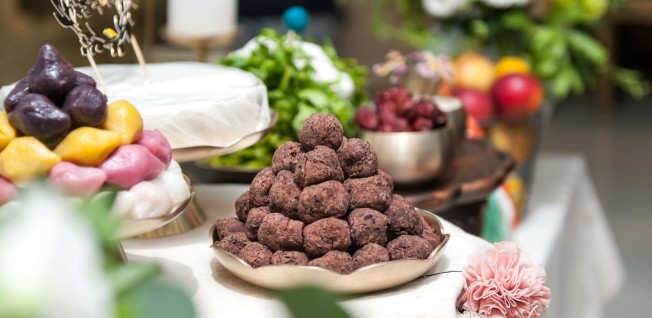
Chuseok — The Korean Harvest Festival
The Korean harvest festival of Chuseok is always celebrated over a three-day period surrounding the 15th day of the 8th month of the lunar calendar. This is one of the most important holidays in South Korea, where a mass exodus from the cities takes place as extended families gather in their ancestral hometowns. One major part of the festival is giving thanks to one’s ancestors for a bountiful harvest and cleaning off their graves. People often dress up in traditional clothes and perform folk dances such as Ganggangsullae, a Korean circle dance.
Food also plays an important role in these celebrations. On the eve of Chuseok, the family gathers together to make songpyeon. These are rice cakes filled with black beans, mung beans, sesame seeds, pine nuts, jujube, honey, and more. Each family member tries to make the prettiest songpyeon, as tradition has it that whoever makes the most beautiful rice cake will find a beautiful spouse or have a beautiful baby.
Other special foods enjoyed during Chuseok are galbi jjim (braised beef short ribs), jeon (a savory pancake), japchae (a sweet potato noodle dish), as well as sindoju and dongdongju, two types of rice wine. Hangwa, an artistic dish crafted from rice flour, honey, roots, and fruit, is a staple of many Korean holidays.
Nowruz — The Persian New Year
Food is not only an important part of harvest festivals, but also a way to celebrate the birth and renewal of a new year. Nowruz, the Persian New Year festival, celebrates the first day of spring. Ash-e reshteh is a noodle soup made with fresh spinach and green herbs, which symbolize the beginning of new life. Untangling the noodles in the soup is said to bring good luck for the coming year. Green herbs are also a key part of Sabzi Polo va Mahi, a traditional New Year’s dish of rice and fish. The fish serves as a symbol of abundance.
Other traditional New Year’s dishes include Dolme barg, grape leaves stuffed with vegetables, rice, and meat, Kuku-ye sabzi, a light and fluffy omelet made with spring onions and an assortment of green herbs, and Naan berenji, rice flour cookies flavored with rosewater and decorated with poppy seeds.
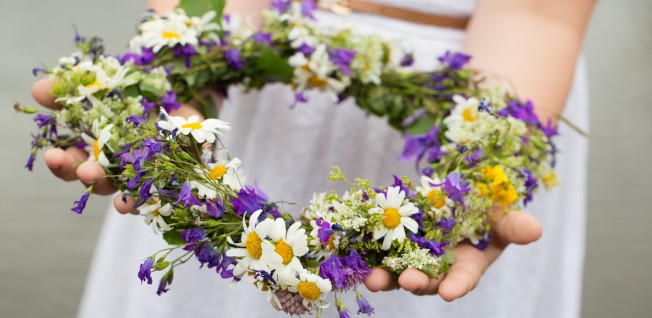
Midsummer’s Eve in Sweden
In Sweden, Midsummer’s Eve celebrations always take place on the Friday between 19 June and 26 June. On this day, Swedes flock to the countryside for a day and night of celebrations. The day often begins with picking flowers to make wreaths to put on the midsommarstang (maypole), which is a central part of the festivities.
The day continues with the enjoyment of traditional dishes such as pickled herring, served with onion, boiled new potatoes, sour cream, dill, and chopped boiled eggs, grilled spare ribs, sausage, and salmon, cheese pie, and strawberries and cream. This is all washed down with cold beer and spiced schnapps. The day’s festivities continue with traditional songs and dancing around the decorated maypole.







